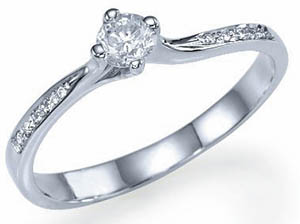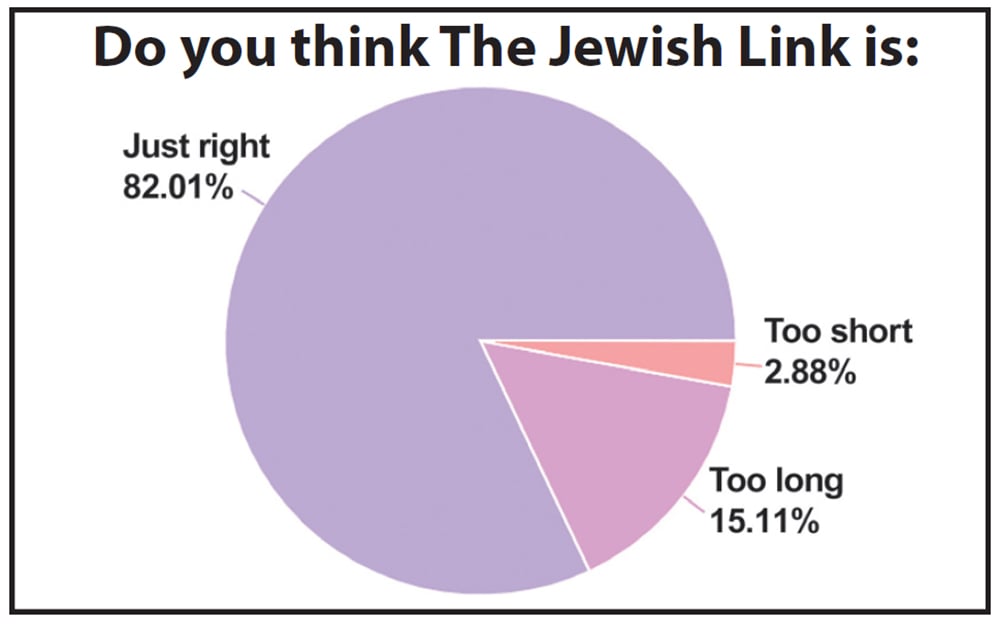



No matter if you’re planning, or simply planning to attend, a Jewish wedding, it is absolutely worth getting to know the traditions beforehand. Like all modern weddings, there are certain aspects that can and do vary. But the traditions involved with the Jewish wedding ceremony are ancient and meaningful. Those traditions tend not to divert much from one practice of Judaism to the next.
Ketubah Signing
This is one of those traditions that tends to hold fast at Jewish weddings. While the groom and rabbi, along with a couple of male witnesses, are the only people traditionally required to sign the ketubah, a marriage contract focusing on the groom’s responsibilities and the rights of the bride in the marriage—as well as her willingness to take part in it, the bride and even female witnesses are increasingly beginning to sign in more modernized Jewish wedding ceremonies.
Badeken Di Kallah
In Jewish weddings, the groom places a veil over his bride’s face instead of lifting it. Why? Jacob’s marriage to Leah. The story of Jacob looking adoringly into his wife Rachel’s face before covering it—after her father Laban sent his veiled daughter Leah down the aisle to marry him the first time, wanting his older daughter married first. This is a tradition that is often not practiced in Reform Judaism.
The Chupah
A wedding canopy dating back to, and in a way symbolizing a connection of modern Jewish weddings to, a more nomadic time when Jewish weddings would have taken place in tents similar to those couples may construct now. However, there are no guidelines that specify what the chupah must look like. The bride and groom are escorted separately to the chupah by a parent.
Circling
There are many explanations out there concerning the bride and/or groom circling each other either three or seven times. Each of which can be appreciated as beautifully symbolic by Jewish and non-Jewish guests who know what it’s all about.
The seven blessings, which will be discussed in further detail in just a bit, is but one of the answers out there for why the bride or groom would encircle each other seven times. A reason for encircling three times is the representation of the woman’s three basic rights when it comes to marriage.
Jewish Wedding Jewelry
There are blessings from the rabbi and sips of blessed wine taken by the bride and groom before it is time to exchange rings. The bride’s wedding ring is placed on the right index finger, once believed to be connected to the heart.
While a smooth, unbroken, gold surface was once the standard in Jewish wedding rings, times and preferences have changed. Multiple diamonds across the top or bottom of the smooth band are a popular choice today, as are rings with inscriptions of Hebrew lettering.
A white gold band is another modern option for a wedding ring, and popular styles for engagement rings feature the same imaginative and impressive array of setting and styles accented with sparkling, clear diamonds that you’d expect to see on any new bride or bride to be.
If you’re wondering about rings for him, this is an absolute no-no in Orthodox Jewish weddings, while it does take place at some other Jewish wedding ceremonies.
Sheva Brachot
The Seven Blessings are just what they sound like, and are recited by the rabbi, although special guests can be allowed to say some of the blessings as a sort of honor. Jewish couples native to or descending from regions like Spain and Portugal will have their parents wrap them into a prayer shawl called a tallit so that they are bound together for the reciting of the blessings.
Mazel Tov!
Somehow, the breaking of the glass and cheer of “mazel tov” is one Jewish wedding tradition everyone seems to have heard of. This celebratory part of the ceremony draws things to a close and brings the newly wedded couple to the next Jewish wedding custom, which every newly wedded couple probably wishes they had built into their big day.
Yichud
This is a time for isolation—15 minutes of silence for the bride and groom where they usually have their first meal together as a couple, separate from all the guests. Maybe they gaze lovingly into each other’s eyes. Maybe they just take a breath and relax before rejoining family and friends. It’s all up to them, or you—if it’s your day!
Gary Harat works at Diamond Factory, the Israeli center for premium diamond engagement rings and jewelry, http://www.diamondf.co.il/.
By Gary Harat










